Combining a Eurorack case with an advanced keyboard, is the NiftyKeyz the ideal starting point for a modular system? Greg Scarth finds out.
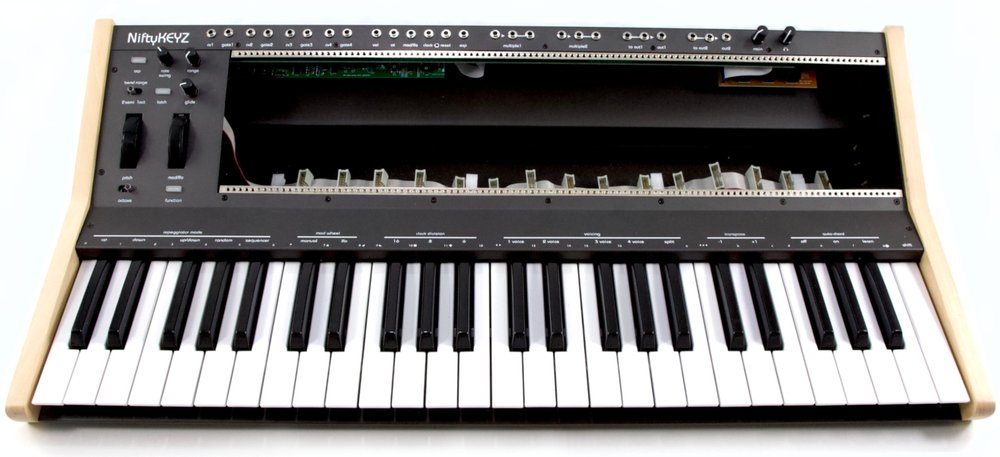
As a newcomer to modular synths, choosing a case, power supply and some kind of controller are all fundamental to the process when it comes to building your first system. With the Cre8audio NiftyKeyz, a lot of those questions are answered in one simple step. It’s a combined keyboard and Eurorack case which allows you to build your modular synth into a single self-contained unit, effectively making a customised synth which meets your own personal needs. The NiftyKeyz isn’t the first product of this kind – following in the footsteps of the discontinued Waldorf KB37 – but it’s got its own unique features which set it apart.
First, the basics. The NiftyKeyz combines a few of the fundamental building blocks of any modular system into a single unit. It’s a case with 112 hp (horizontal pitch) of space for Eurorack modules. It’s got a built-in power supply to power itself and provide those modules with the electrical supplies they need. It’s also got a built-in 49-key keyboard and MIDI-to-CV converter, allowing you to control the entire setup either by playing it directly or triggering from another MIDI source. Finally, it’s got some built-in circuits which effectively act as utilities to combine with your own modules, adding features like multiples, an output stage and access to CV signals from the keyboard’s built-in LFO.
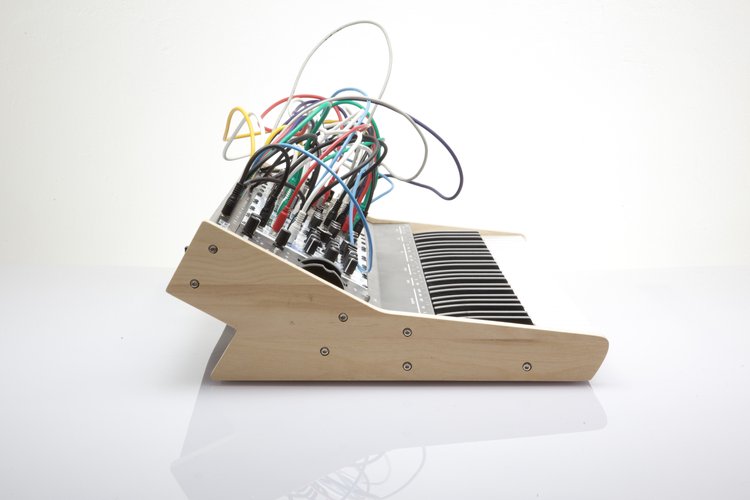
In terms of the case itself, it’s fairly straightforward stuff very similar to what you’d find with any Eurorack case. You won’t get any sound out of the NiftyKeyz until you load it with some suitable modules, so this is where you need to start. There’s a small learning curve in terms of setting hte NiftyKeyz up, but once you’ve got your modules installed and connected, it’s fairly simple to understand how everything needs to connect, hooking up the CV and gate signal to your modules in order to control their pitch and trigger their envelopes from the keyboard, which has a nice, light synth-action feel. On a related point, you’ll note that the keyboard outputs up to four pairs of CV and gate signals, allowing you to choose from various monophonic and polyphonic modes. Traditionally, most modular setups were monophonic, but the NiftyKeyz gives you the option to set things up for polyphony too, which is a nice option. It might be quite advanced for beginners, but the polyphonic capabilities might even tempt a few experienced modular heads to the NiftyKeyz.
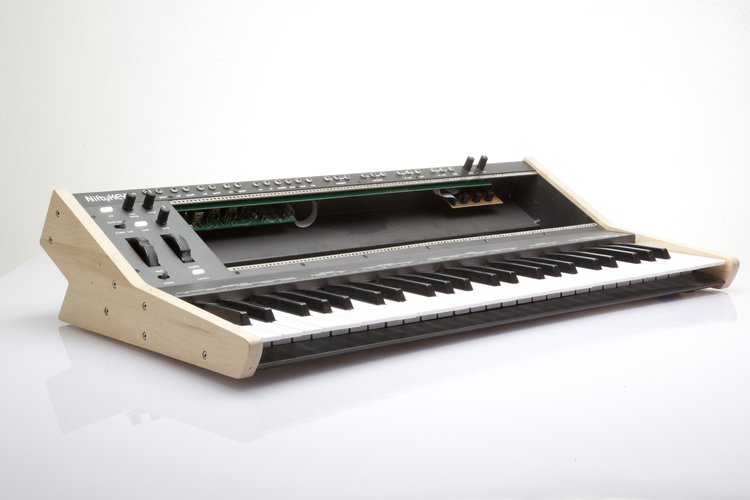
The depth and versatility of the MIDI side of the keyboard (and the way that interacts with the CV/gate side of things) are illustrated by the fact the manual devotes a full 13 pages to the various options, from aftertouch control to modwheel assignment, LFO settings and control of the internal arpeggiator and its clock source. You can trigger the NiftyKeyz via an external MIDI signal (USB or DIN) but with so much control built into the keyboard itself you might not feel the need to. There’s a playability about the NiftyKeyz setup which encourages you to get hands-on with your modules.
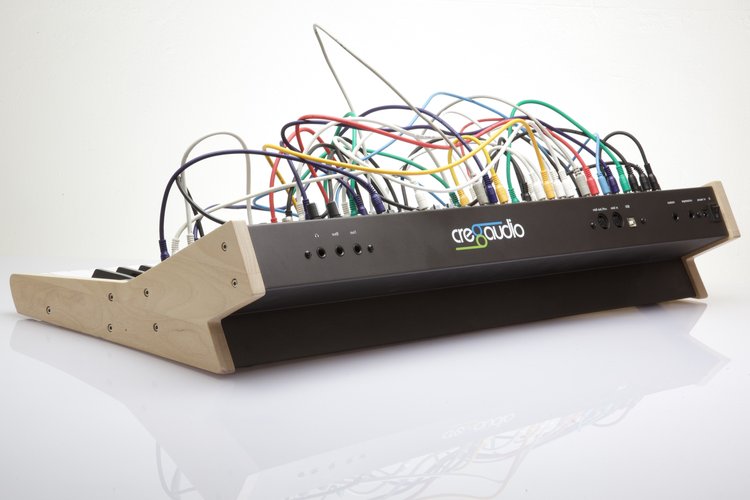
The all-in-one approach works particularly well when it comes to getting sound out of the unit. The built-in output section means you probably don’t need an output module, instead simply routing audio signals to the headphone and line output via the top panel. Are there any downsides? It largely depends on how you want to use your modular system. Space is limited when compared to a full-size standard case, but the beauty of modular, of course, is that you can connect multiple modules together regardless of what case they’re in, so you could always expand with extra cases. Meanwhile the overall size and weight of the unit quickly adds up once you’ve loaded it with modules. It is still portable and you could imagine it appealing to live musicians as the basis of a performance instrument, but there’s an argument that separate case and keyboard might be more manageable.
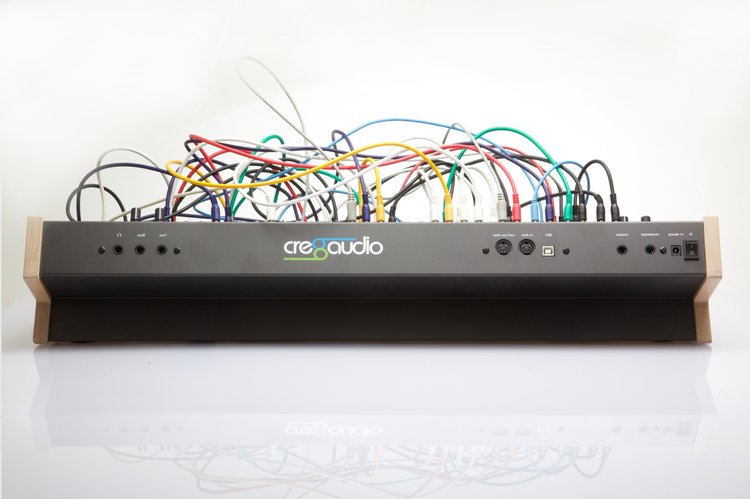
In terms of value, the NiftyKeyz works out well. In order to get the same kind of functionality as the NiftyKeyz from separate products, you’d need something like an Arturia KeyStep Pro, a powered case and an output module at the very least, which would come out somewhere around the same £500 price point. Cre8audio describe their mission statement as being “to make modular synthesizers super affordable and easy to integrate into your productions and performances”. With the NiftyKeyz, it’s a clear case of mission accomplished.
Greg Scarth
More info/buy